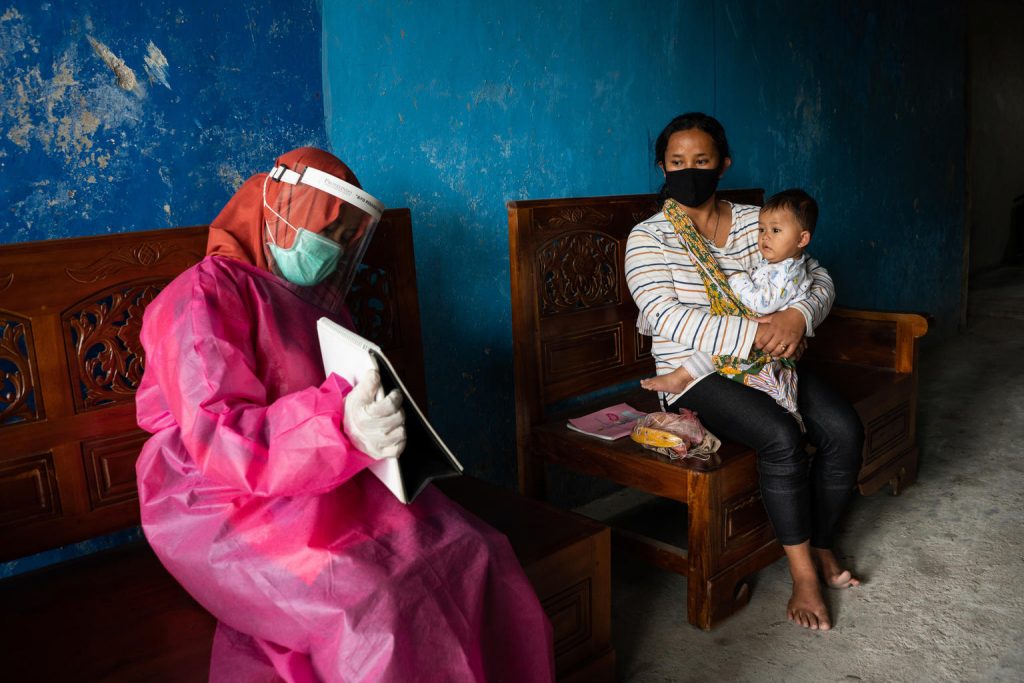Shielding is a term used to describe the protection of individuals at high risk of severe COVID-19 illness by separating them from the general population. An initial analysis of key considerations regarding shielding was set forth in the previous Social Science in Humanitarian Action Platform (SSHAP) publication on shielding; this new analysis should be read in conjunction with that brief, which defines terms and outlines general principles essential to understanding the concept, including: what shielding means, why we shield and who should shield, how high-risk individuals might shield and key infection prevention and control (IPC) measures, implementation process, the challenges inherent to shielding and how they could be mitigated.
These general principles are not repeated here. Instead, this brief focuses on emerging evidence relevant to shielding, including research regarding social acceptability and implementation of shielding. The evidence is primarily drawn from low- and middle-income countries. As more evidence is made available, we will produce further updates. Contact SSHAP to provide feedback, new evidence, and to engage. The brief was developed for SSHAP by IDS (led by Megan Schmidt-Sane) with Anthrologica (Leslie Jones and Olivia Tulloch). The brief is the responsibility of SSHAP.





